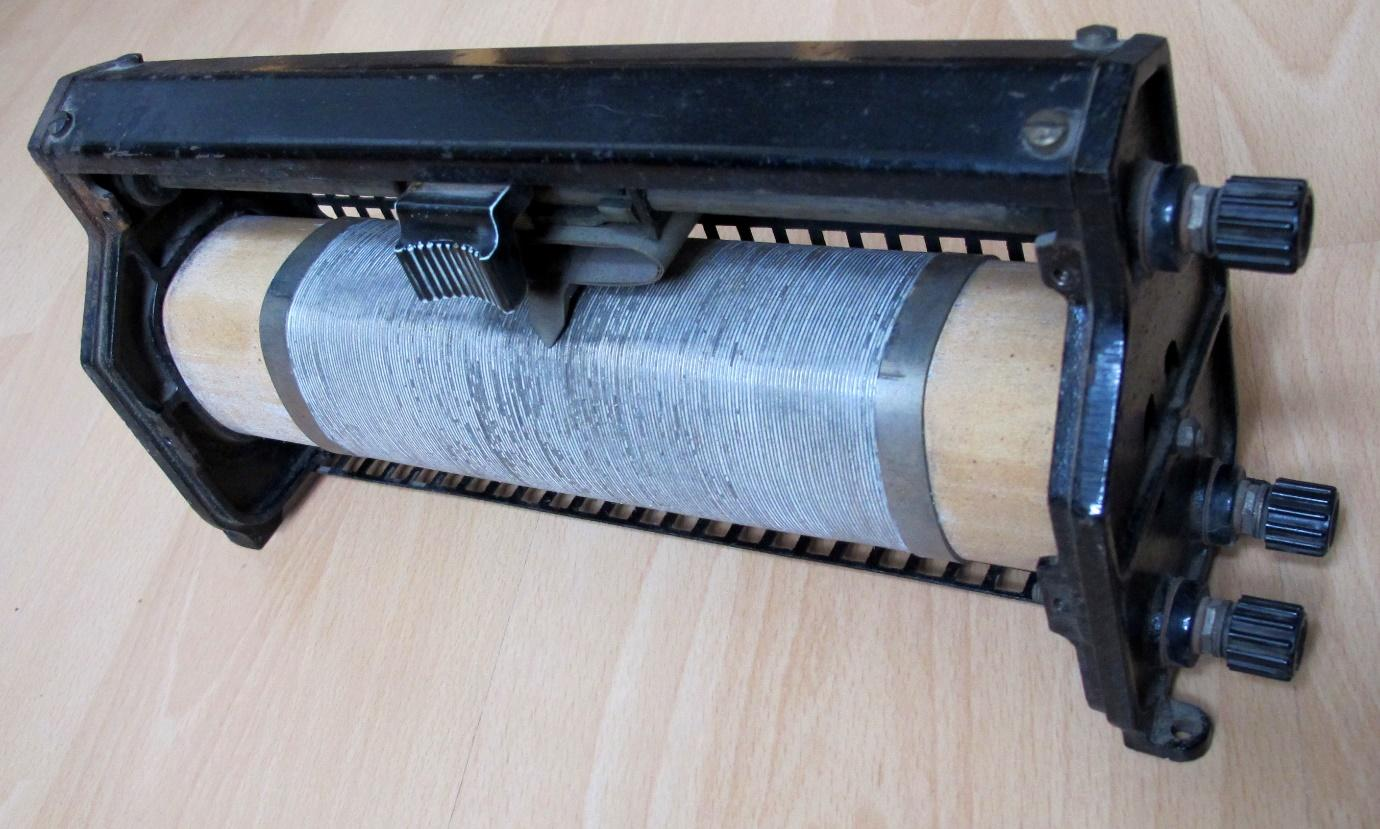
What is a Rheostat?
Answer
496.2k+ views
Hint: A rheostat is an electrical device that is used in a variety of applications where current or resistance in an electric circuit must be adjusted. Sir Charles, an English scientist, named this gadget "Rheostat" by combining the Greek terms "rheos" and "status" (which means "current controlling device")
Complete answer:
Rheostats have two terminals, one for the wiper and the other for one end of the resistance track. The rheostat is a variable resistor that can alter its resistance to vary the amount of current flowing through a circuit.

A rheostat has three terminals, two fixed and one movable, similar to a potentiometer. This moving terminal also passes via a resistive route. Resistive materials such as carbon composition resistors, wire-wound resistors, conductive plastic resistors, and ceramic resistors can be used in this resistive route.
The length, cross-sectional area, and kind of a material are the three primary elements that determine its resistance.
A sliding contact is used to modify the effective length. As previously stated, a rheostat has a fixed and a movable terminal. The effective length is the distance between the fixed and sliding terminals on the resistive route. The effective length changes as the slider travels, altering the rheostat's resistance.
Because resistance is proportional to length, as the effective length grows, so does the resistance. Similarly, the rheostat's resistance reduces as the effective length decreases.
Note:
i) Rheostats are used to increase or decrease the loudness of a radio and to increase or decrease the speed of an electric motor.
ii) It's used when a large current is required but a high voltage isn't.
iii) Switching electronics are used to replace them in power control applications.
Complete answer:
Rheostats have two terminals, one for the wiper and the other for one end of the resistance track. The rheostat is a variable resistor that can alter its resistance to vary the amount of current flowing through a circuit.

A rheostat has three terminals, two fixed and one movable, similar to a potentiometer. This moving terminal also passes via a resistive route. Resistive materials such as carbon composition resistors, wire-wound resistors, conductive plastic resistors, and ceramic resistors can be used in this resistive route.
The length, cross-sectional area, and kind of a material are the three primary elements that determine its resistance.
A sliding contact is used to modify the effective length. As previously stated, a rheostat has a fixed and a movable terminal. The effective length is the distance between the fixed and sliding terminals on the resistive route. The effective length changes as the slider travels, altering the rheostat's resistance.
Because resistance is proportional to length, as the effective length grows, so does the resistance. Similarly, the rheostat's resistance reduces as the effective length decreases.
Note:
i) Rheostats are used to increase or decrease the loudness of a radio and to increase or decrease the speed of an electric motor.
ii) It's used when a large current is required but a high voltage isn't.
iii) Switching electronics are used to replace them in power control applications.
Recently Updated Pages
Master Class 12 English: Engaging Questions & Answers for Success

Master Class 12 Business Studies: Engaging Questions & Answers for Success

Master Class 12 Economics: Engaging Questions & Answers for Success

Master Class 12 Social Science: Engaging Questions & Answers for Success

Master Class 12 Maths: Engaging Questions & Answers for Success

Master Class 12 Chemistry: Engaging Questions & Answers for Success

Trending doubts
What are the major means of transport Explain each class 12 social science CBSE

Which are the Top 10 Largest Countries of the World?

Draw a labelled sketch of the human eye class 12 physics CBSE

Explain sex determination in humans with line diag class 12 biology CBSE

Explain sex determination in humans with the help of class 12 biology CBSE

Differentiate between homogeneous and heterogeneous class 12 chemistry CBSE




